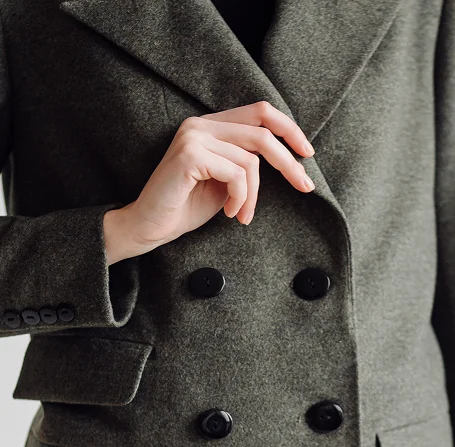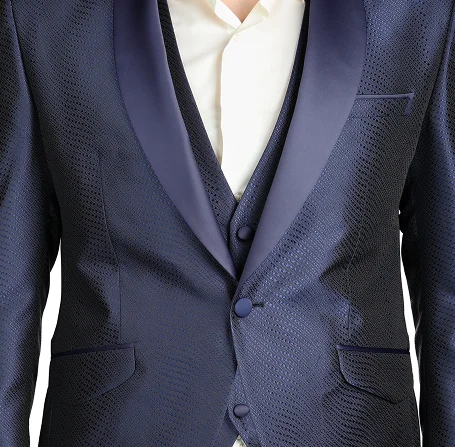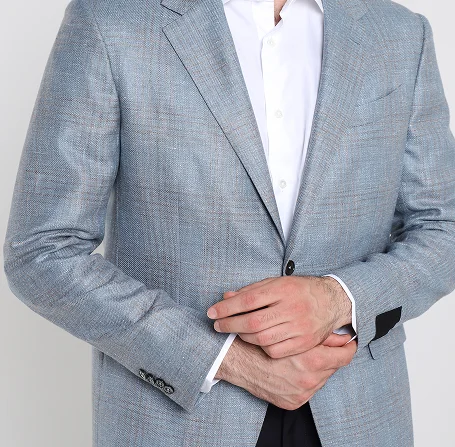Types of Fabrics
Conclusion
Choosing the right fabric for your suits is a pivotal part in determining how your suit feels and looks. Read on how to select the right fabrics for tailored clothing if you are interested in finding out more.
FAQs
Look for tight, even weaving without irregularities or snags. Quality fabrics feel substantial yet supple, with natural recovery when crushed in your hand. Natural fibers typically offer better performance than synthetics. For wool, the Super number (e.g., Super 120s) indicates fineness—though extremely high numbers may sacrifice durability for softness.
Mid-weight worsted wool (10-12 oz) in navy or charcoal represents the gold standard for versatility. Its natural temperature regulation, wrinkle resistance, and appropriate formality for most business and social occasions make it the ideal foundation for any suit wardrobe.
Embrace some wrinkling as part of linen's character, but minimize extreme creasing by selecting heavier linen fabrics (11-12 oz) or linen blends containing wool or cotton. When seated, unbutton your jacket to reduce stress points. Between wearings, hanging with adequate space and occasional light steaming rejuvenates the fabric.
Lighter fabrics (7-9 oz) offer superior breathability for warm climates but may wrinkle more easily and provide less structure. Medium weights (10-12 oz) balance breathability with durability for year-round wear. Heavier fabrics (13+ oz) provide warmth and substantial drape for winter but may feel uncomfortable in heated indoor environments.
Wool-synthetic blends with wrinkle-resistant properties typically require minimal upkeep. Among natural fibers, high-twist worsted wool shows remarkable natural recovery from wrinkles and maintains its appearance with less frequent cleaning than other options.
Yes. Some individuals experience sensitivity to wool (particularly lower-quality, coarser varieties) or to the chemicals used in processing synthetic fabrics. If you have sensitive skin, consider high-grade merino wool, which features finer fibers that cause less irritation, or cotton, which rarely triggers allergic responses. Always ensure suits are properly cleaned before first wearing to remove residual chemicals from the manufacturing process.
Contact Us Now!
Ready for your perfect fit? Take the first step now!
Follow Us on Social Media
Or Visit Our Store at
Mbk center , G-floors , zone -D ( end of zone -D ) Room 1D-09 ,
Pathum Wan, Bangkok 10330
Open Everyday : 10:00 am – 9:00 pm






